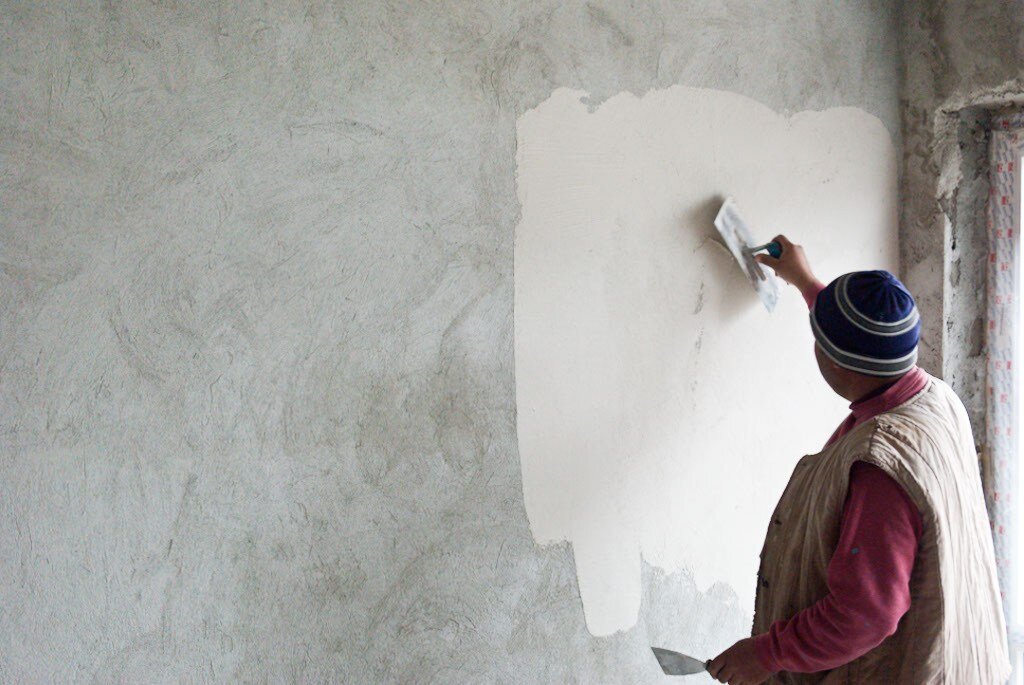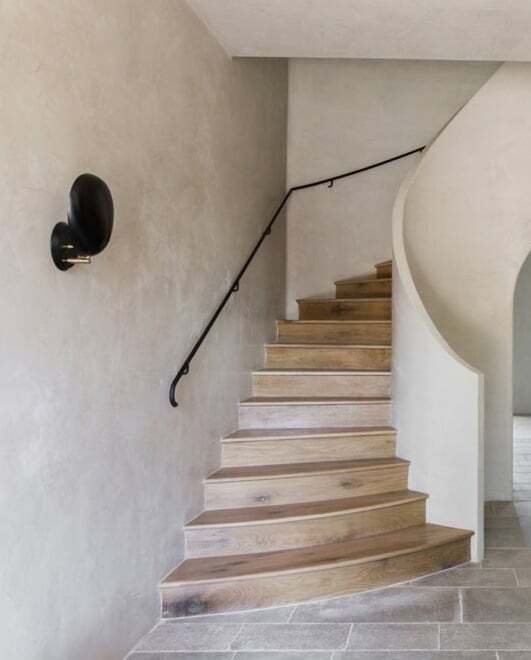
Residential & Commercial Interior Plastering
What makes your home homely
Residential & Commercial Interior Plastering
Plastering is the process of covering rough walls and uneven surfaces in the construction of houses and other structures with a plastic material, called plaster, which is a mixture of lime or cement concrete and sand along with the required quantity of water.
Why Plastering?
1. To prevent water ingress into brickwork / blockwork, since both bricks and blocks absorb water from outside. This is the reason why most stonework are left unplastered.
2. In case of walls – to make up the issues in underlying brickwork / blockwork – like plumb-outs, diagonal-outs, etc.
3. In case of ceilings – to make up the undulations caused while casting concrete.
4. To prepare a proper base for further painting works (Putty application, paint application, wall paper application, etc.)
2. In case of walls – to make up the issues in underlying brickwork / blockwork – like plumb-outs, diagonal-outs, etc.
3. In case of ceilings – to make up the undulations caused while casting concrete.
4. To prepare a proper base for further painting works (Putty application, paint application, wall paper application, etc.)
What are the advantages?
Durability! If properly mixed and applied, a plaster coating creates a stronger and more durable wall finish than drywall.
The chemical reaction that occurs when water evaporates out of the plaster mixture develops strong bonds in the mixture.
Plaster is more resistant to knocks and dents in most cases.
The lath, or backing, used behind the plaster also affects its strength.
A modern metal lath or tough backing boards are more durable than the thin wooden lath strips used in historical house
The chemical reaction that occurs when water evaporates out of the plaster mixture develops strong bonds in the mixture.
Plaster is more resistant to knocks and dents in most cases.
The lath, or backing, used behind the plaster also affects its strength.
A modern metal lath or tough backing boards are more durable than the thin wooden lath strips used in historical house

Why is Plaster a New Trend?

Plaster is considered a high-end wall finish. The installation of plaster walls requires special training and skills making it more of a labor intensive process than hanging or repairing drywall. Aside from these factors, a plaster wall can create a texture and feel to your home that no other wall can match.
Plaster is typically made from limestone (calcium carbonate) or gypsum (calcium sulfate). It’s mined, cooked, and ground into a powder. Different additives, like sand or marble, are added to the powder to give the resulting plaster different textures and colors. After mixing the powder with water, it’s coated onto a wall or board using a trowel.
Because it’s so durable, designers and architects can use a plaster finish on interior and exterior walls, giving a home a strong connection to the outdoors and a cohesive and holistic look throughout.
There’s also an artistic quality to a plaster wall finish: It is hand-applied by an artisan, which can leave traces of brush strokes and variation in textures. Venetian plaster, which is a polished-plaster mixed with marble dust, gives a wall the illusion of depth on a flat surface.
Plaster wall finishes have popped up lately in projects by influential designers and architects across the country, and we’ve seen homeowners showing off their newly renovated plaster wall finishes on Instagram.
Plaster is typically made from limestone (calcium carbonate) or gypsum (calcium sulfate). It’s mined, cooked, and ground into a powder. Different additives, like sand or marble, are added to the powder to give the resulting plaster different textures and colors. After mixing the powder with water, it’s coated onto a wall or board using a trowel.
Because it’s so durable, designers and architects can use a plaster finish on interior and exterior walls, giving a home a strong connection to the outdoors and a cohesive and holistic look throughout.
There’s also an artistic quality to a plaster wall finish: It is hand-applied by an artisan, which can leave traces of brush strokes and variation in textures. Venetian plaster, which is a polished-plaster mixed with marble dust, gives a wall the illusion of depth on a flat surface.
Plaster wall finishes have popped up lately in projects by influential designers and architects across the country, and we’ve seen homeowners showing off their newly renovated plaster wall finishes on Instagram.
To find out more about how Plastering will enhanced your home or your business,
just get in touch.
